When it comes to capitalizing on loss, 19th-century photographer William H. Mumler was an expert…for a while, anyway.
In 1861, he noticed that a second figure appeared in the background of a photograph he was developing. Although it was obviously a flaw in the process, he knew that he could cash in on that error by capturing basic portraits, superimposing additional faces in the background, and presenting them as spirits.
Fittingly enough, the phenomenon of spirit photography was born in a small, Boston-based studio.
Up to that point, Mumler had little to no known attachment to paranormal activity.
And he didn’t even delve into photography until after he worked as a silver engraver for a few years.
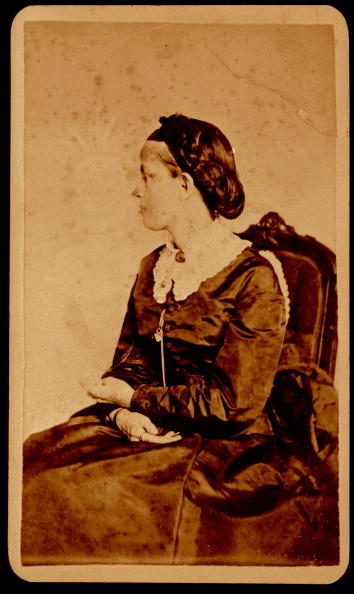
Getty Images
As he was developing a self-portrait one day, he noticed that fateful second face in the image.
Quickly flipping the script on what was probably a rookie mistake, he claimed that the face belong to his deceased cousin. After that, “spirits” started showing up in more and more photos.
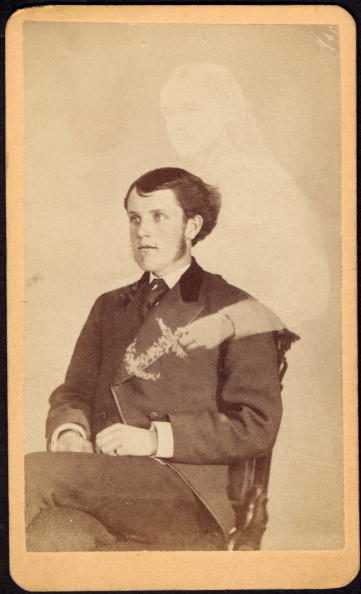
Getty Images
Conveniently enough, the receptionist at the studio moonlighted as a medium. With a little support on her part, Mumler’s technique turned into a full-fledged phenomenon in Boston.
National acclaim soon followed. At that point in history, mysticism was on its way to being a prevailing school of thought over rationalism.
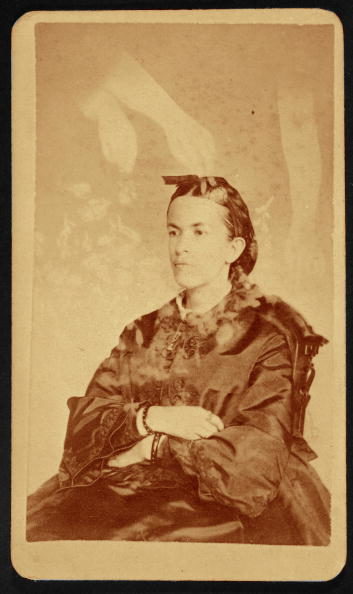
Getty Images
For that reason, spirit photography could not have come about at a more appropriate time.
Because objective truth was not held in high regard in mystic circles, people rode the waves of this bizarre phenomenon without a shred of evidence in sight.
When Mumler made his way to New York City in 1869, however, a legal wrench was thrown in the gears.
The mayor wasn’t exactly enthused about the situation, so he sent a reporter into Mumler’s shop disguised as a client.
After the photo was taken and Mumler added an additional face, he released it and claimed that the figure was the subject’s late father-in-law. There was just one problem with that.
His father-in-law was very much alive at the time, which meant that Mr. Mayor received a detailed report of the photographer’s fraudulent ways.
That landed the artist in court, but he was eventually acquitted for lack of evidence and testimony.
Although that dealt a crushing blow to his New York business, he was still revered in mystic communities in Boston.
But after a while, the Spiritualist movement — the same one that accelerated Mumler’s rise to fame — folded. Needless to say, that wasn’t good for business.
William Mumler died completely destitute in 1884.
While he did go on to make contributions to the photography industry — most notably with the discovery of a wood-cut printing method then known as the Mumler Process — his career didn’t really survive (much less thrive) after the court revealed his true colors.
(via Mashable)

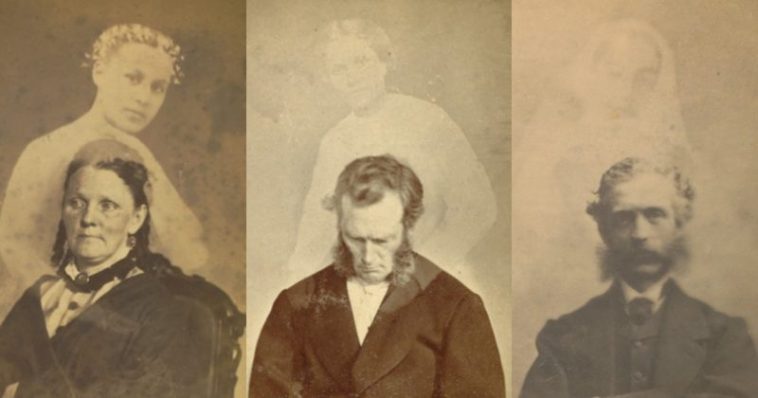
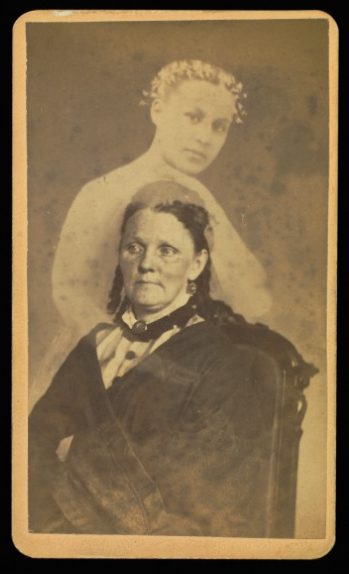

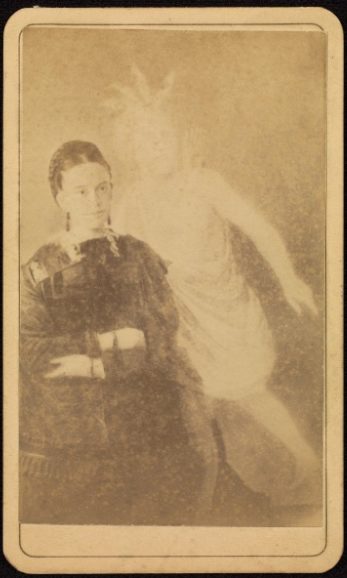
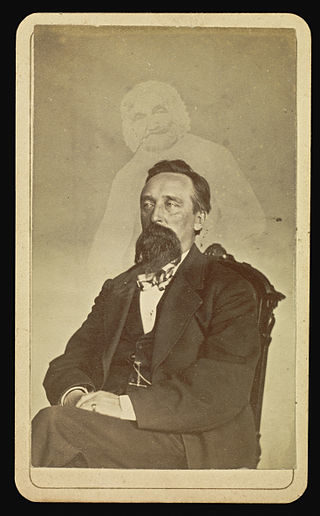
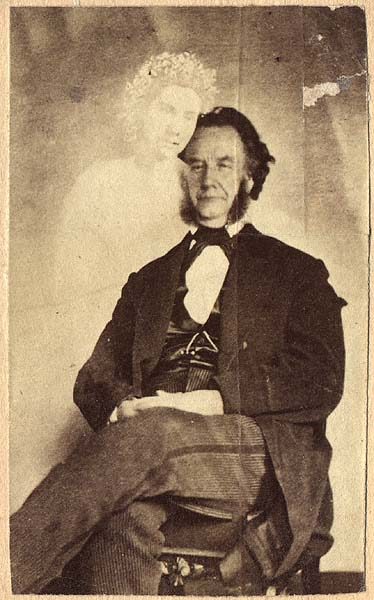
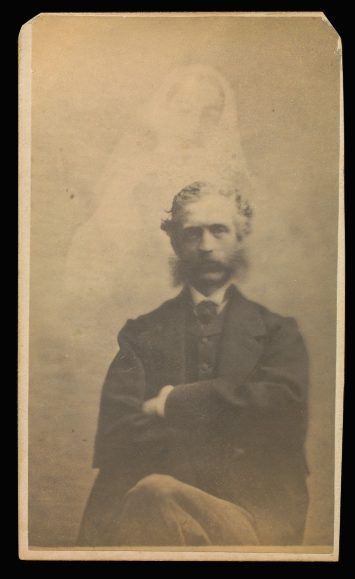
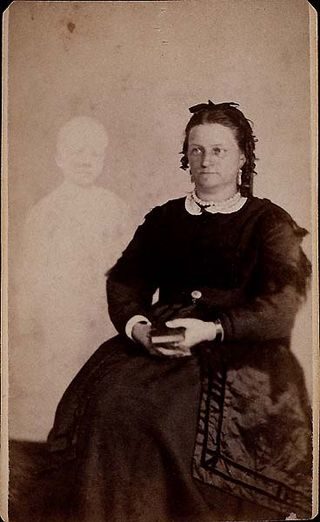
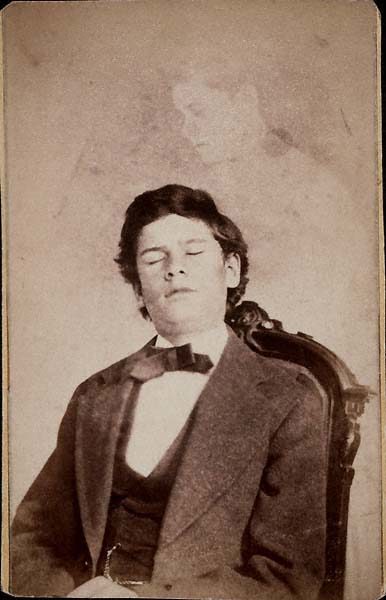
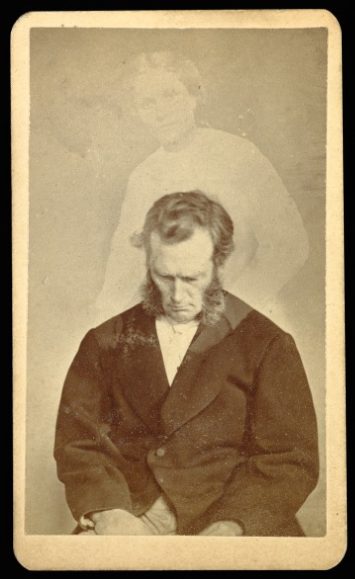
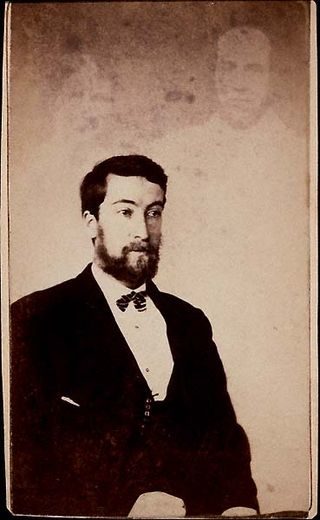
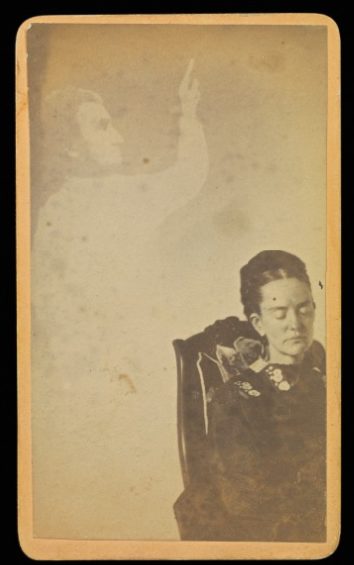

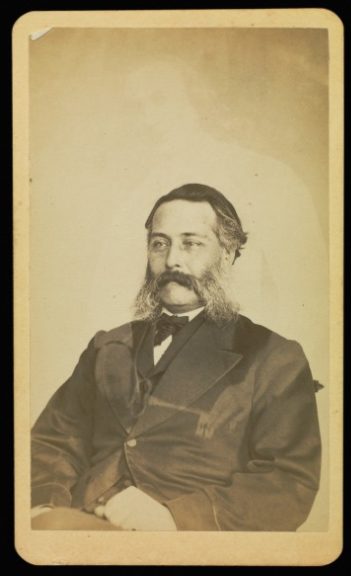


Comments